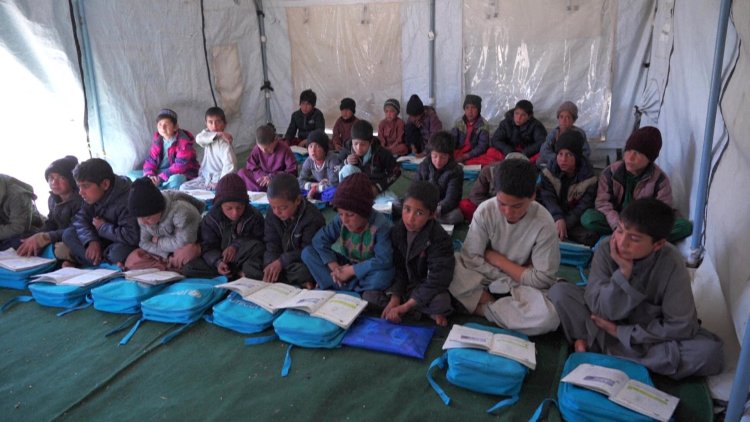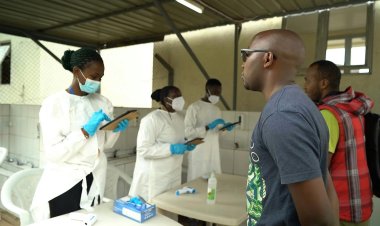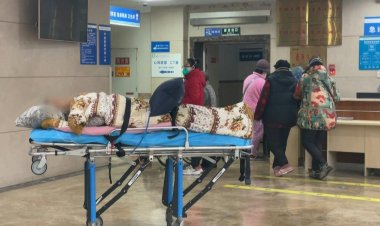Afghanistan Schools Struggle After Quakes

Hundreds of schools are still damaged since a series of strong quakes jolted Afghanistan's Herat province in October, with many students returning to lessons in tents and containers in March, according to the Herat education department.
Girls and boys in the village of Nayeb Rafi in Zindah Jan district studied in a packed container tucked between tents and small, blue homes newly built on a barren stretch of land.
The October quake killed more than 1,500 people and damaged or destroyed more than 63,000 homes, according to an assessment published in February by the United Nations, the European Union and the Asian Development Bank.
Many people are still living in tents and temporary shelters, the World Health Organization said in February.
Education is the second-most affected sector, the report said, with nearly 300 public schools and other learning centers damaged and 180,000 students facing learning disruptions.
In the village of Chahak, deep cracks scar the walls and ceilings of its pale blue schoolhouse. Broken windows still hang from their hinges and piles of dust fill the corners of classrooms.
"Chahak village was completely destroyed by the earthquake and we still haven't been provided with permanent shelters," said teacher Mohammad Naseem Nasrat.
"Our school too, which was wrecked by the earthquake, has not been restored so far. I don't know if there are plans to or not," said the 25-year-old, adding that the village's children "face an uncertain future" without proper schools.
Decades of conflict have devastated Afghanistan's education system, with an estimated 3.7 million children out of school, 60 percent of them girls, according to the UN children's agency UNICEF.
Poverty and access to schools in remote areas are major hurdles, while cultural norms often prevent girls from attending school.















